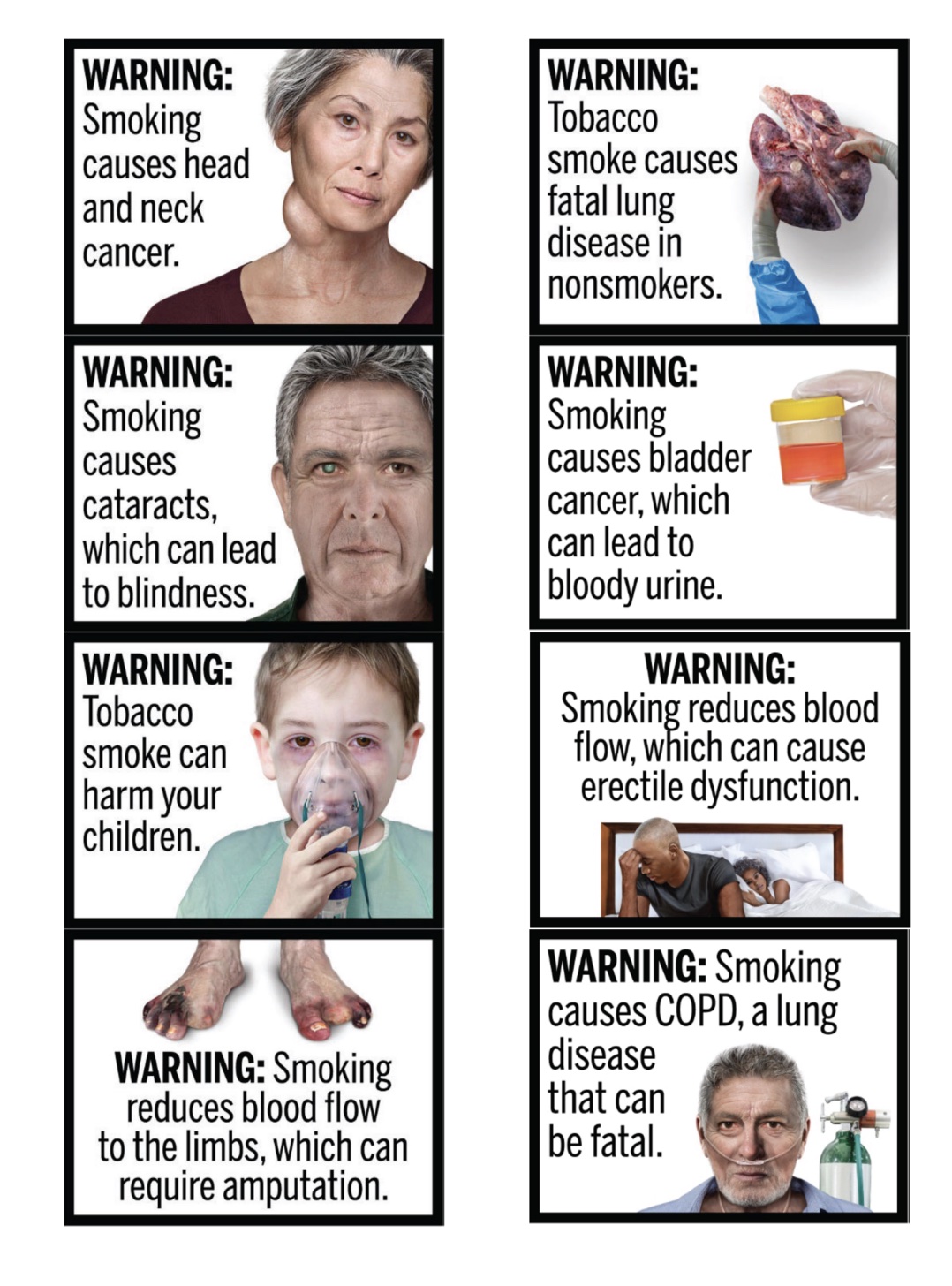R.J. Reynolds and other tobacco companies sued the U.S. Food and Drug Administration in 2020 claiming that the government’s newest requirements that cigarette packets include color graphic warnings depicting the health dangers of smoking violated their First Amendment rights.
The cigarette makers strategically filed their constitutional challenge in the Eastern District of Texas believing the jurisdiction to be favorable, especially on appeal to the U.S. Court of Appeals for the Fifth Circuit, which the companies viewed as pro-commercial free speech and increasingly distrustful of federal government regulation and overreach.
They figured wrong.
Reynolds lawyers won a highly publicized victory in December 2022 when U.S. District Judge J. Campbell Barker of Tyler ruled that the FDA’s required warning labels requiring graphic imagery violated the tobacco companies’ First Amendment rights.
On Thursday, a three-judge panel of the Fifth Circuit reversed, declaring the FDA warning labels are “both factual and uncontroversial” and the rule requiring them “passes constitutional muster.”
In a 38-page opinion authored by Fifth Circuit Judge Jerry Smith, the appeals court found that the images are accompanied by fact-based text that make the message unambiguous and that the FDA has a legitimate interest in requiring the labels.
“Increasing public understanding of the risks of smoking, particularly given the ‘long history of deception concerning consumer health risks in the cigarette industry,’ is a legitimate state interest, meeting that standard,” Judge Smith wrote. “FDA has sufficiently proven that the warnings reasonably relate to and further its legitimate, and substantial, interest.”
In a footnote, Judge Smith states that “people already know smoking is dangerous does not mean that they know all the health consequences of smoking. Informing them of those is a legitimate state interest.”
Fifth Circuit judges Jennifer Elrod and James Graves joined Judge Smith’s opinion.
The tobacco companies’ decision to file their legal challenge in the Eastern District of Texas was ironic given that then-Texas Attorney General Dan Morales filed his federal racketeering lawsuit in 1996 against the cigarette makers in the Eastern District — albeit in Texarkana instead of Tyler — which resulted in a historic $17.3 billion settlement.
In the current lawsuit, Reynolds and the other cigarette makers said the FDA’s requirement that warning labels occupy 50 percent of the front and back of cigarette packages and include graphic images showing tumors on a woman’s neck, amputated toes and a child using an oxygen mask violated their commercial free speech rights, were illegally intrusive and “misrepresent or exaggerate the potential effects of smoking.”
Judge Barker agreed, ruling that the warnings were “not inherently accurate” nor “purely factual and uncontroversial.” The trial judge ruled that the warnings are so “prone to ambiguous interpretation” that “it is unclear how a court would go about determining whether [they are] accurate and factual in nature.”

As a result, Judge Barker said the FDA warning label rule does not get the benefits afforded to government-required speech under the U.S. Supreme Court’s 1985 decision in Zauderer v. Office of Disciplinary Counsel of Supreme Court of Ohio.
“We disagree — the warnings are both factual and uncontroversial, so Zauderer scrutiny applies, and the rule passes constitutional muster,” Judge Smith wrote. “As one of the amici explained it, each of the images provides ‘a straightforward, science-based, objectively truthful depiction of the accompanying text.’ A fact does not become ‘value-laden’ merely because the fact drives a reaction. Any number of factual messages are, of course, ideological. Similarly, emotional response to a statement is irrelevant to its truth.”
“Plaintiffs and the district court next suggest that because the images may be subject to several interpretations, they cannot possibly have one factual meaning,” Judge Smith wrote. “Plaintiffs take further issue with the FDA’s lack of ‘testing to ensure the warnings have only one meaning.’ But when each image is paired with a fact-based, textual warning, any reasonable viewer interprets the image in light of the words. Each image emphasizes the factual meaning of the words it accompanies; it does not impart distinct, novel meaning. In other words, it provides context.”
“In its analysis, the district court considered the possible different interpretations of the image bereft of the text,” Judge Smith wrote. “That was error. Consumers will see not just the image, but the image with the text. That context matters.”
R.J. Reynolds is represented by Ryan Watson of Jones Day. ITG Brands is represented by Philip Perry and Nicholas L. Schlossman of Latham & Watkins. Meaghan VerGow of O’Melveny & Myers and Constantine Z. Pamphilis of Kasowitz, Benson, Torres represents the Liggett Group. For FDA, Michael Baer of the U.S. Department of Justice is the lawyer of record.
The case is R.J. Reynolds Tobacco Co et al v. U.S. Food and Drug Administration, Fifth Cir., No. 23-40076.
